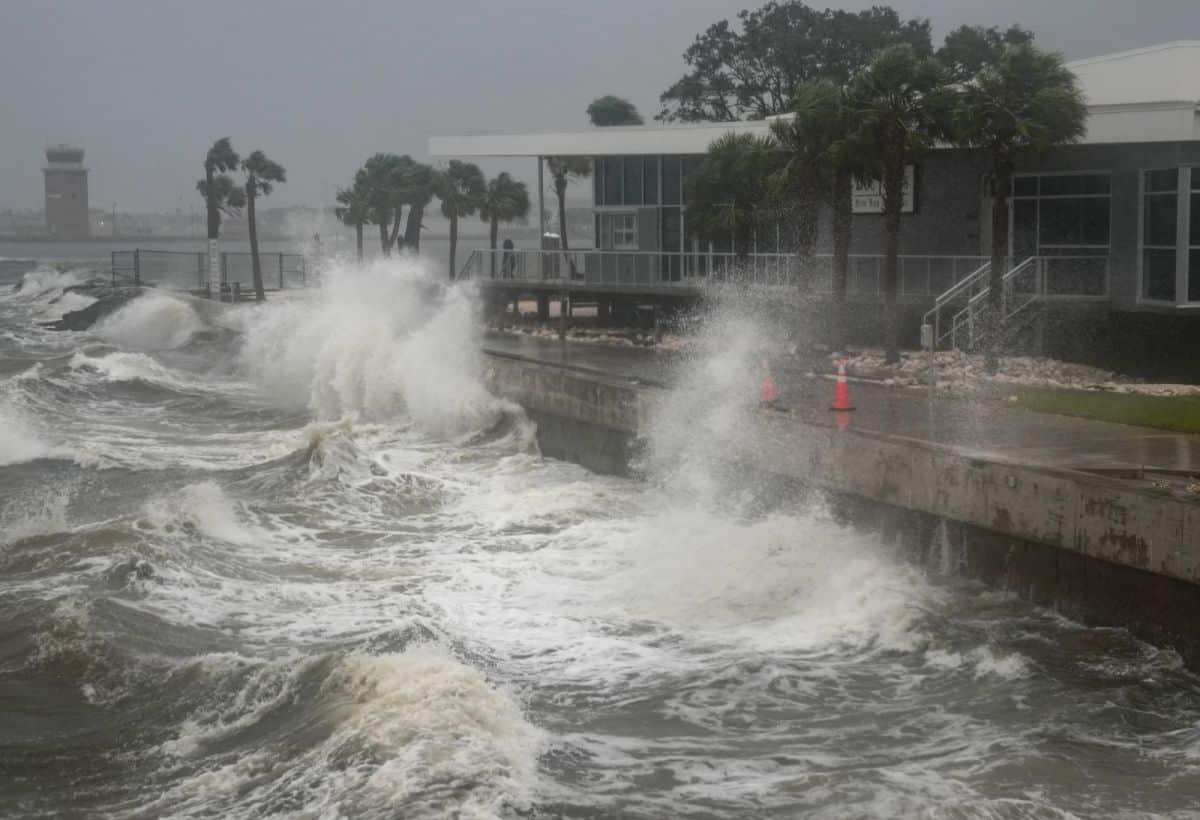Introduction to the Milton Typhoon Impacting Florida
The Milton Typhoon has recently made landfall in Florida, prompting urgent warnings and safety measures from local authorities. This powerful storm, initially classified as a Category 3 hurricane, wreaked havoc across densely populated areas. As residents and emergency services brace themselves for the aftermath, understanding the storm’s trajectory and potential impacts is crucial for safety and preparedness.
Overview of the Milton Typhoon
Milton, which formed in the Atlantic Ocean, quickly intensified before making landfall. The storm brought with it high winds, heavy rainfall, and severe flooding, causing significant disruption to communities in its path. Despite being downgraded from its initial strength, Milton’s residual effects are causing widespread concerns among Floridians.
Storm Classification and Its Implications
The Saffir-Simpson Hurricane Wind Scale classifies hurricanes into five categories based on sustained wind speeds. Milton’s initial category 3 rating suggested maximum sustained winds between 111-129 mph, indicating a high potential for catastrophic damage. However, as the storm lost strength, it transitioned to a category 2 hurricane with winds of 96-110 mph. Still, the impact was considerable, particularly in coastal areas.
Impact on Florida’s Communities
As the Milton Typhoon made its way through Florida, it left behind a trail of devastation. Reports indicate uprooted trees, damaged homes, and widespread power outages affecting thousands of residents. Emergency services have been deployed to assist in rescue operations and restore essential services. Flooded roadways have made transportation difficult, exacerbating the challenges faced by first responders.
Safety Measures and Recommendations
In the wake of the storm, local governments are urging residents to follow essential safety protocols:
- Stay indoors and avoid unnecessary travel until authorities declare it safe.
- Monitor local news and weather updates for the latest information.
- Check on neighbors, especially the elderly or those with disabilities, to ensure they are safe.
- Report any downed power lines or hazardous conditions to local utilities for immediate attention.
- Prepare for potential evacuations and have emergency kits ready, including essential supplies.
Conclusion: Moving Forward After the Milton Typhoon
As Florida recovers from the impact of the Milton Typhoon, the resilience of its communities will be put to the test. Recovery efforts will focus on restoring power, clearing debris, and assessing damage to homes and infrastructure. While the initial threat from Milton has diminished, ongoing support for affected residents will be critical in rebuilding lives and ensuring safety in the face of future storms. Stay tuned for further updates and community resources as Florida navigates this challenging time.
